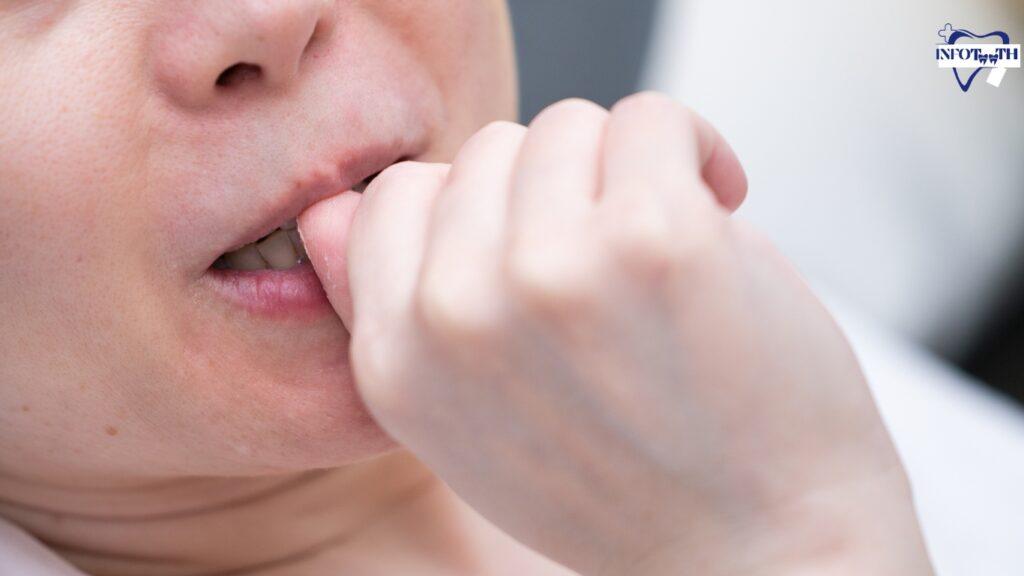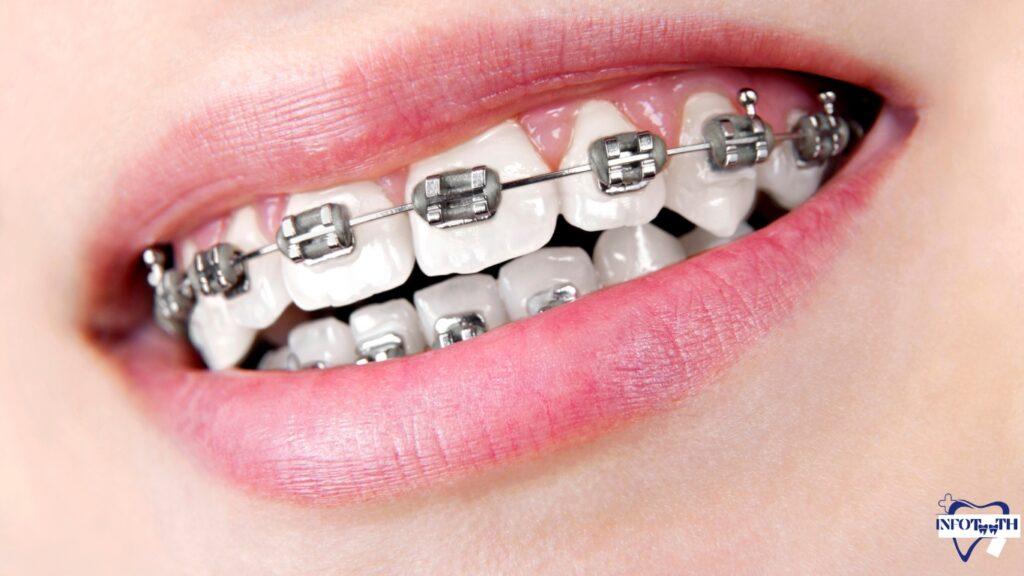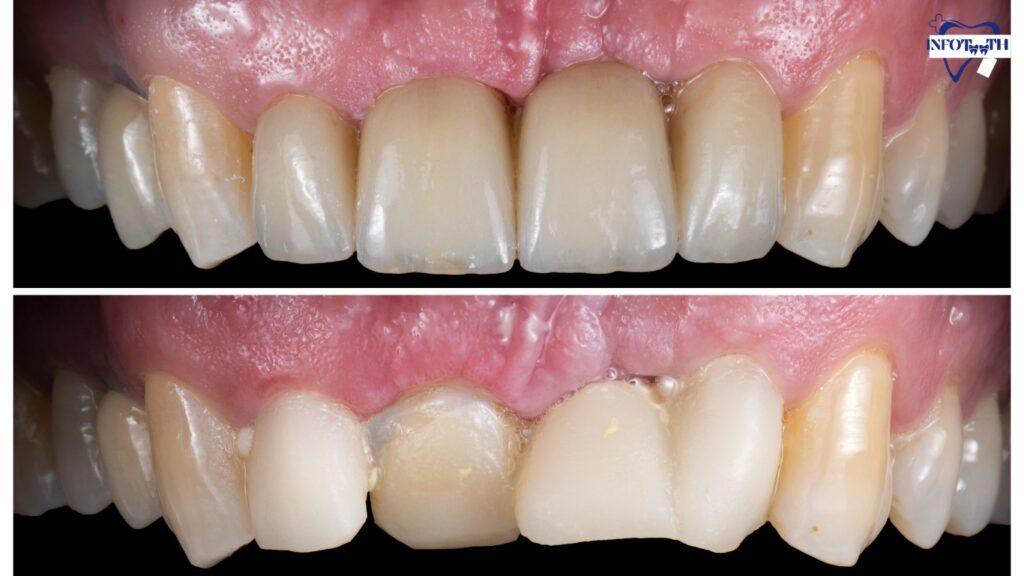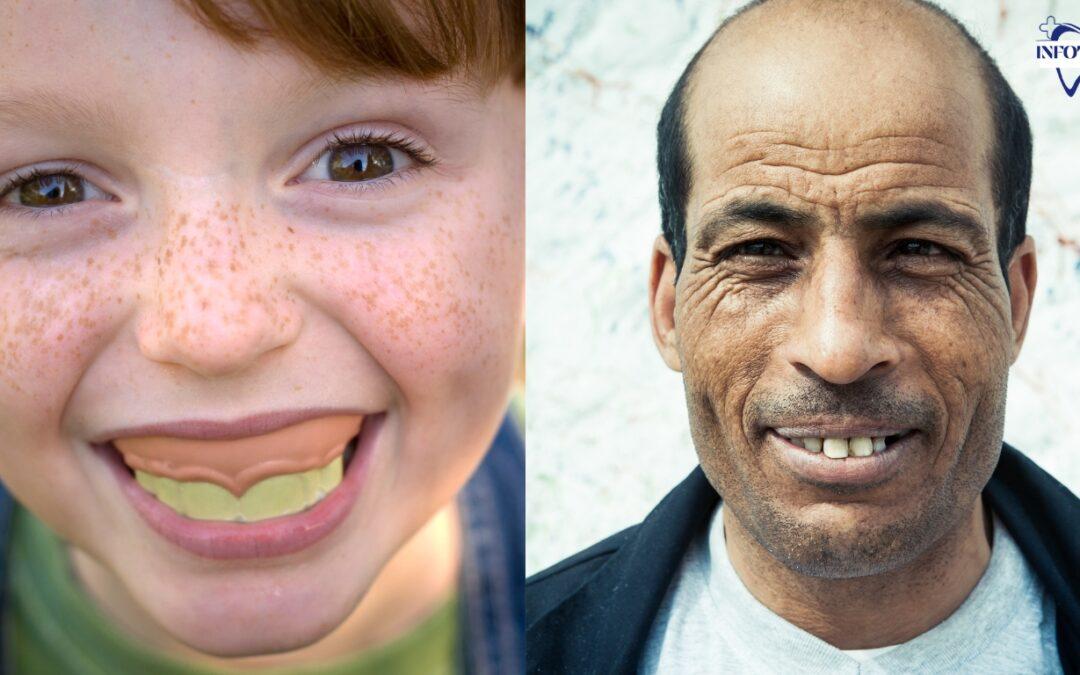The protrusion of the top front teeth over the lower teeth is a dental problem known as buck teeth, malocclusion, or overjet. Frequently seen as more than just a visual problem, it can impact a person’s self-esteem, communication, and even their ability to swallow food. Its growth is primarily influenced by genetics. However, behaviours like thumb-sucking can make it worse.
Table of Contents
From braces to surgery, modern dentistry provides a range of procedures that promise better dental health and appearance.
How Person With Buck Teeth Face Them?
People who have buck teeth—a condition in which the front teeth jut out substantially more than the back teeth—had to negotiate a society that places a high importance on appearances. Although this tooth imperfection is mainly considered a cosmetic issue, it can have a significant effect on social relationships and self-esteem. When speaking or smiling, people with this issue could feel self-conscious out of concern of others judging them for the way their teeth seem. In addition to being unsightly, buck teeth can cause practical problems that make daily living more complex, like trouble biting and chewing or even speaking.
Despite these obstacles, a lot of people have confidently embraced their individuality by using their perceived faults as a characteristic that sets them apart. Modern dental technology offers hope and transformation by making procedures more widely available and less invasive. The alignment can be corrected with braces, retainers, and occasionally surgery. This improves dental health and functionality in addition to the patient’s overall look and quality of life.
Do Pacifiers Cause Buck Teeth?
Buck teeth can develop as a result of using pacifiers, mainly if they are used for an extended length of time or past the age that paediatricians advise. The continuous sucking motion that occurs when babies and toddlers use pacifiers can change how their teeth and jaws naturally grow and align. An open bite, in which there is a visible space between the top and lower teeth when the mouth is closed, or an overbite, in which the upper front teeth jut out past the lower teeth, may result from this continued pressure on the teeth.
The longer and more frequently a dummy is used, the greater the chance of acquiring such tooth problems. In order to minimise the influence on a child’s developing teeth and jaw structure, it is generally recommended to limit the use of pacifiers as children grow and to wean them off of them around the age of two to three years. Evaluations for orthodontics and dentistry can help spot possible problems early on and schedule essential treatments in a timely manner.
Do Dummies Cause Buck Teeth?
Yes, if used extensively over an extended length of time, dummies, also known as pacifiers, can lead to the formation of buck teeth. The issue becomes most serious if the use persists after children usually outgrow the need for pacifiers, which happens between the ages of two and four. Using a dummy requires sucking, which can put pressure on the jaw and teeth and cause misalignment problems like an open bite (a gap between the lower and upper teeth when the mouth is closed) and overjet (a situation where the front teeth extend past the lower teeth).

It is advised to supervise and restrict the use of dummies in order to reduce the likelihood of developing such dental issues, particularly as the child becomes older. Removing dummies from children at the right age ensures that their jaw and teeth grow regularly and lowers the chance that they will require orthodontic treatment in the future. Children can maintain good oral health by having regular dental checkups, which can also help identify and manage any growing issues early on.
What Are Treatment Of Buck Teeth?
Depending on the severity of the issue and the patient’s age, buck teeth or an overjet can be efficiently corrected with a variety of dental and orthodontic therapies. The goals of treatment are to improve oral health and function in addition to the teeth’s beauty. These are a few typical therapy choices:
Braces:
The most popular method of treating buck teeth is the use of traditional metal braces. Over time, they gradually move the teeth into the proper position by applying constant pressure. Less apparent options include ceramic braces or lingual braces, which are positioned on the backs of the teeth.
Clear Aligners:
Clear aligners, like Invisalign, are popular alternatives for less severe instances or for individuals looking for a less obvious treatment option. They are desirable for adults and teenagers because they are nearly unnoticeable and detachable.
Palatal Expanders:
Narrow upper jaws can sometimes be the cause of problems, particularly in young infants. The jaw can be widened with a palatal expander, giving the upper teeth adequate room to reposition themselves into a more natural position.
Teeth Extraction:
In situations of extreme crowding, extracting one or more teeth can create the room needed for the other teeth to realign.
Surgery:
When an adult’s significant overjet is caused by the location of their jaw rather than only their teeth, orthognathic surgery may be advised. By realigning the jaw, this procedure enhances the appearance and functionality of the teeth and face.
Can Invisalign Fix Buck Teeth?
Buck teeth, often referred to as overjets, can often be fixed using Invisalign. Using a set of transparent, custom-made aligners, Invisalign gradually realigns teeth to the correct position. Because the aligners are practically invisible and removable, they’re a popular solution in terms of both convenience and aesthetics.
Invisalign works well when treating mild to moderate overjet. The aligners exert pressure on the teeth, gradually moving them to lessen the protrusion of the top front teeth. Orthodontic surgery may be required in more severe cases or if the buck teeth are the result of an underlying misalignment of the jaw.
Buck teeth can be treated with Invisalign depending on a patient’s unique situation, which may include the degree of the overjet and oral and dental health issues. Taking into account variables such as age, the intricacy of the dental problem, and particular treatment objectives, an orthodontist can determine if Invisalign is the greatest choice for straightening buck teeth. Routine follow-ups are crucial to tracking improvement and modifying the treatment strategy as necessary.
Buck Teeth And Braces
Braces are an excellent way to treat buck teeth, which are defined as the upper front teeth protruding beyond the lower teeth. Braces are a standard and conventional orthodontic therapy that continuously pushes teeth to move them into their correct alignment over time. Here’s how buck teeth can be treated with braces:

Brace Types:
Traditional metal braces, ceramic braces, and lingual braces are among the several types of braces that are available. The most popular type of braces are metal ones, which are well-known for their ability to address a variety of misalignment problems, including severe buck teeth. Lingual braces are positioned below the teeth, out of sight, and provide a less noticeable option than ceramic braces.
Treatment Procedure:
The orthodontist uses wires to join brackets that are affixed to the front of each tooth. The teeth are gradually moved into the proper position by applying pressure when the wire is tightened. Rubber bands are an additional tool in the treatment that can be used to exert pressure in particular directions to help correct the bite.
Duration of Treatment:
The length of therapy varies according to the patient’s age, gum and tooth health, and the severity of the buck teeth. Braces are usually worn for one to three years, during which time modifications are made regularly at the orthodontist.
Aftercare:
After the braces are removed, a retainer is essential to keeping the teeth in their new position. The orthodontist may recommend wearing the retainer full-time at first and eventually only at night.
How To Fix Buck Teeth Without Braces?
There are various options for straightening buck teeth without using traditional braces, and each is appropriate for a different set of circumstances and degrees of misalignment severity. Here are a few choices:
Dental Veneers
Dental veneers offer people with minor misalignments, such as buck teeth, a quick and visually acceptable fix. Made of porcelain or composite materials, these thin shells are fitted precisely to cover the natural front teeth. By modifying the size, shape, and colour of your teeth, veneers can significantly improve your smile’s appearance and provide a noticeable cosmetic alteration. The technique is relatively irreversible because it requires removing a little bit of tooth enamel to make room for the veneer. Although veneers provide a fast fix, it’s important to remember that they need to be maintained and may need to be replaced after a few years, depending on the material and level of care.
Dental Bonding
Dental bonding is a conservative and adaptable treatment technique that entails applying a composite resin that matches the colour of the tooth to the surface of the tooth. To make the tooth look better, the resin is carefully moulded to cover up small spaces, misalignments, and flaws. Bonding is a cost-effective and less invasive choice for people looking for a single-visit procedure that can yield instant benefits. The dental bonding material is strong, but it cannot last as long as veneers or crowns. It might also discolour over time, requiring touch-ups in the future.
Palatal Expanders
By gradually enlarging the upper jaw, palatal expanders are orthodontic devices that children and teenagers mostly use to treat jaw misalignment. By increasing the amount of space in the mouth, this expansion aids in the correct alignment of the teeth and may lessen the prominence of buck teeth. Typically, the expander is worn for a few months. During that period, it gently presses against the upper jaw bones, urging them to separate and creating space for new bone to grow. This therapy can significantly enhance the appearance and functionality of the mouth, and it works best on younger patients whose jawbones are still developing.
Retainers
While retainers are typically used as a continuation of braces, they may be the primary treatment option for very minor buck teeth. Retainers function by maintaining the corrected teeth in their new place. They can apply light pressure on the teeth when used as a stand-alone therapy, which may encourage minor alignment corrections. Custom-made retainers can be fixed or detachable based on the particular requirements and treatment objectives. They can be a good option for minor tooth repairs and are less invasive than braces.
Buck Teeth Before And After
With dental treatment, buck teeth can undergo a genuinely excellent change that offers both functional and cosmetic benefits. An outline of what to anticipate both before and after therapy is provided below:

Before Treatment:
Appearance:
The most obvious characteristic of buck teeth is the protrusion of the top front teeth, which can vary in severity beyond the lower teeth. This misalignment may impact the facial profile, accentuate the top lip, and affect the person’s confidence and grin.
Functionality:
People may have trouble chewing, biting, and occasionally speaking. In addition to causing uneven tooth wear, the misalignment may aggravate the temporomandibular joint (TMJ) or create jaw pain.
Oral Health:
Because plaque accumulates in difficult-to-reach places, cleaning teeth properly can be more difficult when buck teeth are present. This increases the risk of gum disease and dental decay.
After Treatment:
Appearance:
After treatment, the teeth are positioned in the mouth more organically, creating a smile that is harmonic and balanced. After the protrusion is corrected, the facial profile is improved, and many patients report feeling more confident and self-assured.
Functionality:
Improving the alignment lowers the chance of oral hygiene health problems associated with poor bite function by increasing the efficiency of biting and chewing. Improvements in speech are also frequent since better pronunciation can be achieved with properly aligned teeth.
Oral Health:
Properly positioned teeth make excellent oral hygiene easier. This reduction in plaque and tartar accumulation promotes healthier gums and teeth, lowering the risk of cavities and periodontal disease.
Conclusion
The process of getting buck teeth fixed may be incredibly empowering and transforming, significantly improving one’s quality of life. In addition to providing obvious aesthetic benefits, braces, clear aligners, and dental veneers have significant advantages for oral health and functionality. Accepting this path has costs in terms of time and energy, but the benefits go much beyond a gorgeous smile. It helps people feel more confident again, enhances their general well-being, and paves the way for a time when everyone can smile with assurance.
FAQs
Q: Is it possible to fix buck teeth at any age?
A: It is possible to cure buck teeth at any age, albeit the method of treatment may differ. Growth modification devices may be more of a possibility for children and teenagers. At the same time, braces, clear aligners, or even surgery may be necessary for adults in need of more extensive repairs. While adult patients can also experience considerable gains, early contact with an orthodontist can result in less complex treatments.
Q: Do any non-surgical methods exist for correcting buck teeth?
A: Indeed. Buck teeth can be effectively corrected with a variety of non-surgical alternatives, such as clear aligners like Invisalign, traditional braces, and removable gadgets for minor modifications. The most effective technique is determined by the patient’s needs and the degree of the overjet.
Q: How much time does it take to get buck teeth straight?
A: Depending on the approach taken and the severity of the ailment, therapy durations differ significantly. Patients may wear clear aligners or braces for one to three years on average. It’s crucial to schedule routine consultations with an orthodontist in order to modify the treatment plan as necessary.
Q: Will the buck teeth treatment be covered by insurance?
A: A lot of dental insurance plans cover some orthodontic treatments, such as buck teeth correction, to some extent. It’s essential to verify with your insurance company to find out what therapies are covered and to what extent, as coverage details might differ significantly.
Q: Can dental health be improved by buck teeth correction?
A: Yes, straightening Buck’s teeth can significantly enhance dental health. Because they are simpler to clean, properly aligned teeth are less likely to develop gum disease, tooth decay, and plaque. Furthermore, problems associated with an incorrect bite, like jaw pain or tooth wear, can be resolved by realigning the teeth.

